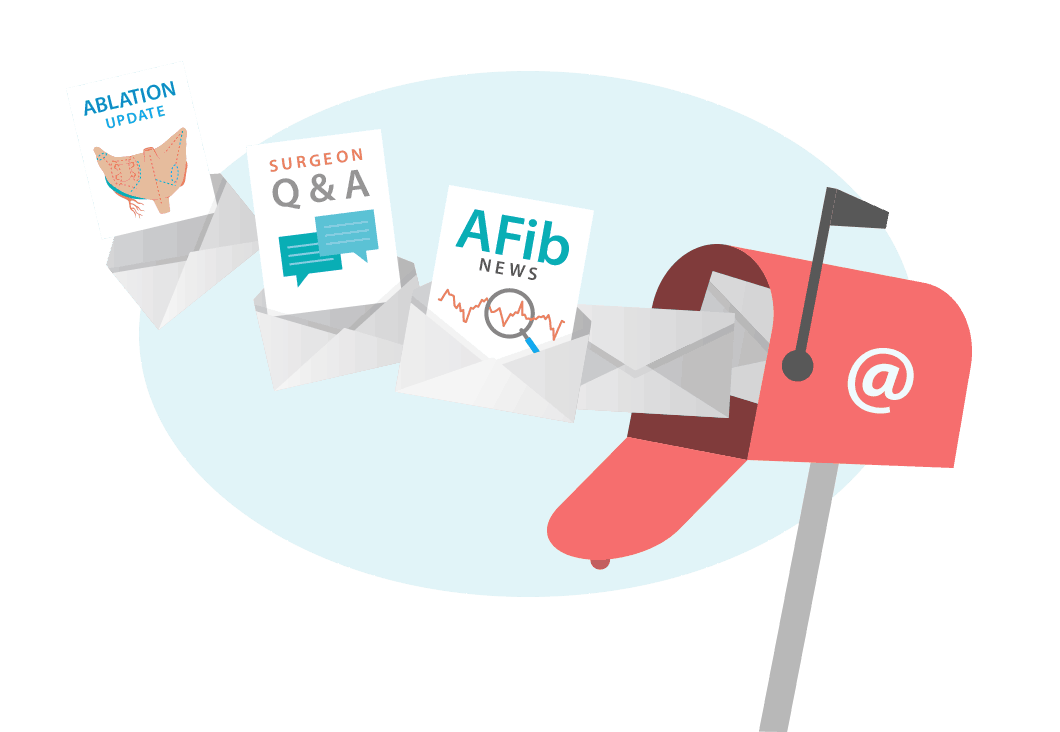Video Categories: Maze Procedure, Lesion Set
832 YouTube Views - Published July 30, 2020
Featured Speaker: Dr. Jonathan Philpott
Video Overview
Dr. Jonathan Philpott narrates his own concomitant Maze IV procedure where he is able to offer detailed in-depth explanations from an intraoperative perspective.
Video Transcript
For the hearing impaired members of the AFibSurgeons.org community, we have provided a written transcript below:
Jonathan Philpott: Folks that have longstanding persistent or permanent atrial fibrillation. This is where the SA node is going to be right in here. Then this is the SVC running under here. This is the pericardium enveloping it from above. The way I used to do it, but I like this now because this whole area is completely –
The other very important thing that needs to emphasized, see how there’s still fat here? The fat when it comes down to quality ablation, I stick my finger and go to where I dissected. I’ve got the tip of the clamp on my fingertip now. I come right through, and I’ve got it. When you’re putting this thing around, one of the big problems is perforation with the top jaw. If you’re careful in here, you want to keep your eyes on the top jaw the entire time.
We’ve got to slow down and do that again. Can you all see this? Here we go. We’re going to go back through it again. A little waggle of the clamp helps enormously. Use your pickups. It’s well into the antrum. Not moving, and I’m not pulling on this tissue. At the tips of the clamp the tissue can move. It doesn’t happen often, but it –
The watershed between the circulation, so here’s the final branch of the PDA and here’s the final branch of the circ. Our watershed is actually going to be back here. It’s going to be closer to the P1 distribution of the mitral valve. I’m going to put a blue mark here and look for that.
Have you got that? Can you see that? A left atrial flutter circling around the base of the appendage, so by joining the two together, once the appendage is completely amputated, a flutter – let’s see an 11 blade. Across here for the roof line. Let me see the clamp. We’ll do it real carefully.
You’ll see the previous – the previous burns, can you all see that right there, are actually falling right along the same path. I can visibly see that I’m over the line and in good position. You can see on the floor there’s the line right here. We’re clearly across it. I want to try to move it as close to the mitral as I can. Then we’ll perform about five ablations here. Three is probably sufficient.
That’s going to bring us into the mitral valve isthmus line. There’s the blue mark that we made before. That’s the part we’re going to follow with cryo in just a second. The other thing is I’m lifting up here. I kind of like to keep the jaws pretty close and slide it just underneath the tissue like this. It’s flush against the wall. See that?
You can see I’m well up onto the SVC, above the cannula. I’ve loosened my snares. Now I’ve loosened my snares on the IVC. We’re going to check our clamp and make sure –
Come down on that just a little bit. Wherever you see char, it’s not going to ablate very well. If you notice here, there’s no tissue here. There’s a lot of char that’s forming there. That’s pretty typical. If it’s on good contact, it frequently will not make char next to the artery. I like to make sure that we just cross, which we have there.
You can see there about the 2 o’clock position. You can come out with that. Here the track of this ablation is going to right down like that. You need to ride on the inside over to the annulus, which sounds very simple. Go ahead and hold there.
If the ablation as it’s going, if the cryo ice ball traps this tissue against it, then your ablation is full thickness all the way over to the atriotomy. Right now it’s fine, but if it gets close, that’s what we’ll do. On the inside I want to make sure that that tip is definitely staying in position at the 9 o’clock position. If for some reason it drops down and goes to the back wall of the annulus, you can certainly –
You’re already anchored on the tricuspid line with your cryo lesion. I like to keep it at probably about a centimeter – go ahead and pull it, let everyone see the atrium. What about here? That’s inside the line on the left atrium.

